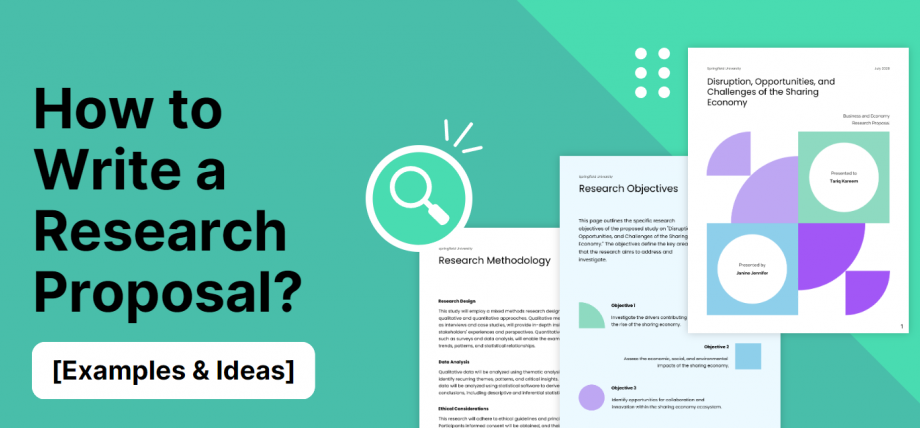Your A+ Grade Awaits at Academiascholars.com
Essays
Assignments
Term paper
Homework
Dissertations
HOW TO FORMULATE GOALS AND OBJECTIVES EFFECTIVELY
Grant proposal applications are intricate documents with many parts that require a great deal of care to prepare. One of such components is the goals and objectives section. From experience, this section is one of the most challenging for new applicants to write. Whatsmore, some still use the two words interchangeably. Even among writers who understand the differences, a significant number cannot comprehend the connection between them and how they relate to other parts of the proposal.
Goals are loosely defined as the intended outcomes of the project should you receive funding. For instance, in a grant proposal, the goal should be stated as the broad, overall impact of the proposed project. For instance, the goal for a grant proposal to combat material deprivation among youth in a given area could read, “to enhance opportunities for youth to attain nutritious, affordable food in inner-city Melview.
It is worth remembering that your goals and objectives shall be evaluated by the donors to establish the extent to which it is congruent with organizational goals and need.
So, it is important to present your goals clearly and in a manner that addresses the need or the request you are presenting.
The objectives are synopses of the activities that will be undertaken to realize the project objectives. In this way, objectives can also be defined as a description of goals in clear, measurable, and tangible terms. Thus, objectives should outline quantifiable criteria, project beneficiaries, and related actions that demonstrate how the project goals will be realized. In other words, the goals and objectives section should highlight the prospects and expected outcomes of the project.
The style and tone of your writing should persuade the donor that your goals exemplify a well-intentioned program to assist the community and are achievable.

Types of Objectives
In grant proposal writing, three types of objectives are widely recognized:
Process Objectives
These objectives are stated in terms of the project duration. They are allocated a specific time period in the work plan. An example of a process objective is:
“To train 5 volunteer dieticians in the first quarter”
Process objectives should be written in both the implementation plan and the work plan.
Impact Objectives
To understand these types of objectives, let’s consider the common questions that donors ask after going through your program design:
- What positive impact will your project have on the beneficiaries?
- How will this change be sustained after the funding period lapses?
Effective impact objectives should be expressed in present-perfect tense using a positive tone. For instance, you could state:
“Juvenile delinquency cases have been minimized…”
The purpose of impact objectives is to provide a vivid presentation of the impending impact on the community should your project be funded. You should take the donor with you on a journey into the future and envision the kind of change that the project will deliver to the community.
Typically, these types of objectives are put at the bottom of the logic model graphic.
SMART Objectives
SMART is an acronym derived from the principle of management by objectives which define the requirements that the objectives should meet.
The SMART goals or objectives represent Specific, Measurable, Attainable, Realistic, and Time-bound. The goals and objectives of your grant proposal should conform to the prescribed criteria.

To explain each acronym, the objectives should be:
Specific, meaning there should be a clear demarcation of what will increase. In other words, you should state your objective in a clear, sensible, and specific manner For instance, you could say that it will increase the number of trained health workers in the first year, and so on.
Measurable, meaning, you should state your objectives in terms of outputs that can be quantified or measured. In other words, this criterion defines how much increase is expected. Project outputs are usually expressed in percentage form. For instance, you could aim to increase the number of trained workers by 50%.
Achievable is a criterion through which a lower target is assigned to ensure that its project goals are realized regardless of the contingencies that may arise. The criterion is included to ensure that project goal are attainable and possible to realize.
Realistic, a demonstration of the viability of the proposed project. Realistic objectives should be relevant to the missions of donors and the applicant(s) while serving the needs of the community as well. If the outcomes are impossible to realize, then the objective is categorized as impractical, and the grant proposal request is rejected. A plan to train 50,000 health workers when funds are unavailable is unrealistic.
Time-bound objectives are given definite time frames. In other words, the objectives should include a deadline by which some activities should be concluded. Most documents break periods using words such as monthly, quarterly, or yearly.
The Imperatives of Effective Goals and Objectives
The necessities outline the steps that must be followed to realize the intended aim of the grant proposal, which is to secure funding. The goals and objectives should be well-defined, specific, precise, observable, real, and quantifiable.
These imperatives are further elucidated below:
- The goals and objectives should be measurable;
- They should be expressed as outcomes and not a process;
- They should be specific in outlining the intended outcomes of project activities;
- There should be a connection between the project beneficiaries, and the goals and objectives.
Additional Guidelines for Writing Goals and Objectives
The following guidelines may offer extra help in the preparation of your goals and objectives:
- Make sure that you tie your goals and objectives to the problem statement (need statement or need assessment).
- Present a quantifiable objective with realistic timeframes for project execution.
- Indicate the strategies or tools you will use to quantify the change or outcomes in each objective. Objectives that cannot be quantified should be revised.
- Objectives and approaches deployed should be distinct and well demarcated.
- At all times, make sure to subject the goals and objectives to an evaluation plan.
- Remember to include a budget for the evaluation of objectives.
We have in the past seen students who followed these guidelines and emerged with a big grade. There are others who have found it hard to do it by themselves hence seeking the assistance of the best essay writing services online. Both have worked and I implore you to choose either.
Experienced writers are ready to handle your paper
Essential Tips for Success in ATI-TEAS Test
The ATI-TEAS Test, also known as the Test of Essential Academic Skills, is a crucial hurdle for aspiring nurses and other healthcare professionals. It's a standardized exam designed to assess your readiness for health science programs by evaluating your skills in...
College Assignments: A Guide to Common Types and Success Strategies
Navigating the world of higher education can feel like traversing a complex labyrinth. Amongst the new social dynamics, independent living, and challenging coursework, one thing remains a constant: college assignments. These tasks, designed to assess your...
AI Essay Writer: A Guide to Writing Essays with AI
Artificial Intelligence (AI) is rapidly transforming various aspects of our lives, and academic writing is no exception. While the idea of using AI to write essays might initially raise ethical questions, the reality is that AI tools, when used responsibly and...








 Hi, how can I help?
Hi, how can I help?